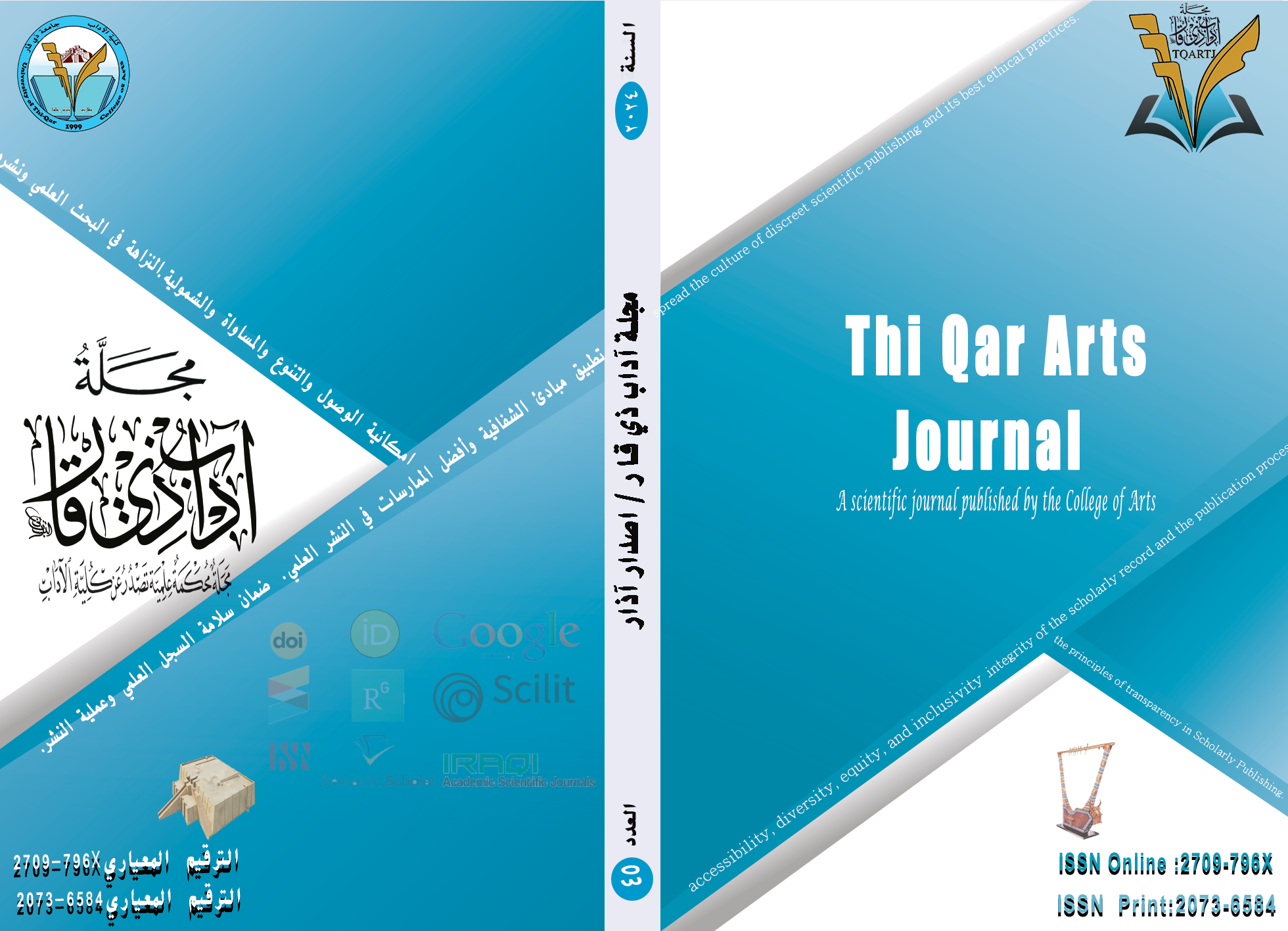The Role of Media in Shaping Public Opinion and Decision-Making in Thi Qar Province
DOI:
https://doi.org/10.32792/tqartj.v3i45.563Keywords:
Media, Public Opinion, Dhi Qar Province.Abstract
The study aimed to understand the role of media in shaping public opinion and decision-making in Dhi Qar province. This research used the descriptive analytical method to collect and analyze data through a survey sampling method, targeting a sample of 100 individuals from the Iraqi public in Dhi Qar province.
The study reached a set of conclusions, including:
- Heavy reliance on the information provided by the media in making decisions about important issues.
- Concerns about the impact of misleading information on decision-making.
- The need for greater transparency and accountability from the media.
- The need for more independence for the media.
Downloads
References
Elihu Katz and Paul Lazarsfeld: Personal Influence: The Role of People in Mass Communication (The Free Press, 1955), p. 38.
Joseph T. Klapper: Effects of Mass Communication (The Free Press, 1960), p. 8.
Al-Ghazali: Media: Its Principles and Evolution, Egypt, Dar Al-Fikr Al-Arabi, 2007, p. 15.
Mohsen: Media and Its Impact on Behavior, Egypt, Dar Nahdat Misr, 2012, p. 30.
Al-Ghazali: Media: Its Principles and Evolution, Egypt, Dar Al-Fikr Al-Arabi, 2007, p. 15.
Marshall McLuhan: The Global Village, Canada, McGill University, 1964, p. 30.
Walter Lippmann: Public Opinion, United States, Macmillan, 1922, p. 10.
Ahmed Zaki: The Future of Media: A Prospective View, Egypt, Dar Nahdat Misr, 2020, pp. 15-20.
Mohamed Abdel Ghani Hassan: Dar Al-Nahda Al-Arabiya, Cairo, 1977, p. 21.
Mohamed Mukhtar Al-Mahdi: Dar Al-Nahda Al-Arabiya, Cairo, 1987, p. 15.
Ali Mohamed: Public Opinion: Theory and Application, University Knowledge House, Alexandria, 2000, p. 17.
Abdul Hamid Al-Shawarbi: Studies in Theory and Application, Dar Al-Nahda Al-Arabiya, Cairo, 2006, p. 20.
Downloads
Published
Issue
Section
Categories
License
Copyright (c) 2024 nabeel thajeel bachay, Salam Sami Mohammed, Amjed Abdulzahra Talib

This work is licensed under a Creative Commons Attribution 4.0 International License.
The journal applies the license of CC BY (a Creative Commons Attribution International license). This license allows authors to keep ownership of the copyright of their papers. But this license permits any user to download, print out, extract, reuse, archive, and distribute the article, so long as appropriate credit is given to the authors and the source of the work. The license ensures that the article will be available as widely as possible and that the article can be included in any scientific archive.















